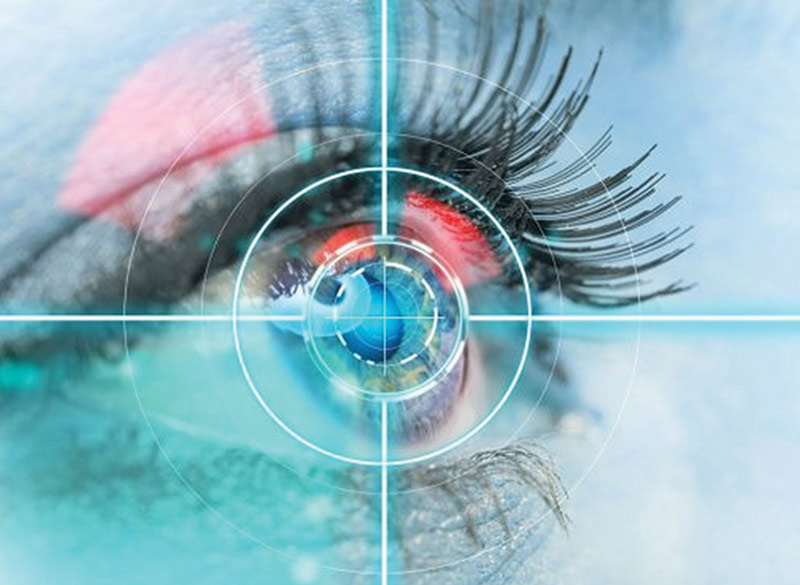By Linda Conlin, ABOC, NCLEC
There’s something new in contact lenses almost every day. Research continues not only to improve vision and eye health but for contact lenses to have even more function and benefits. Here are some of the latest innovation.

MYOPIA MANAGEMENT
Multifocal contact lenses to control myopia are FDA approved for children as young as 8 years old, and studies are underway for children as young as 7 years old. Researchers believe myopia progresses due to peripheral hyperopic defocus, in which light focuses behind the peripheral retina, as in hyperopia. This defocus stimulates the growth or elongation of the eye, resulting in myopia. Soft multifocal contact lenses eliminate the hyperopic defocus and create a peripheral myopic focus instead, which slows eye growth. Currently, one soft multifocal lens is FDA approved for myopia management, with another expecting approval this year.
DRUG DELIVERY
Research into the use of contact lenses as drug delivery systems continues. Because the contact lens sits directly on the surface of the eye, it delivers a controlled and continuous dosage of medication where it’s needed, compared to standard delivery through eye drops. With drops, up to 95 percent of the medication can be lost through the eye’s normal drainage mechanism, and most of the medication is gone after just one hour. By contrast, a contact lens containing drugs can still deliver the medication after eight hours. Drug delivery through contact lenses provides a steady and constant medication release, which is especially beneficial in cases of dry eye and glaucoma.
HEALTH MONITORING
Contact lenses to monitor health are already available, and there will be more to come. One lens monitors intraocular pressure for patients at risk for glaucoma. Biosensors embedded in a soft contact lens continuously transmit real-time data to a wireless device, which can then be transmitted to an eyecare professional.
Tears contain not only water and salts but also very complex proteins, enzymes, polysaccharides and lipids. Even small changes in tear composition can indicate a state of disease. Contact lenses that monitor and analyze those changes can provide valuable information about the health of the entire body. Glucose monitoring contact lenses that would eliminate finger pricks for diabetics have been and continue to be under development, as are lenses to monitor dry eye. Researchers believe it is possible to develop contact lenses that analyze biomarkers in tears to monitor other bodily functions and detect diseases such as cancer at early stages.
SUSTAINABILITY
More and more consumers are demanding sustainability in their purchases, and that includes contact lenses. Manufacturers have become proactive when it comes to environmental concerns. They developed recycling programs to recycle blister packs, top foil, contact lenses and sustainability initiatives to reduce waste, energy use and packaging. Manufacturing facilities are designed to be eco-friendly through recycling, sustainable energy, environmentally conscious design and global responsibility. Patients will have a healthy lens-wearing experience while helping the planet.
MATERIALS AND SURFACE TREATMENTS
For wearers of reusable contact lenses, improvements in lens materials to maintain water content and in surface treatments help lenses stay comfortable for the entire period of usage. Daily disposable wearers enjoy those benefits, and contact lenses also can provide relief for allergy sufferers. Daily disposable lenses that have built-in lubricants act as a barrier to irritants to reduce symptoms of itching, burning, stinging and redness.
AUGMENTED VISION
Other contact lenses under development may be able to receive and display images. Lenses that enhance vision via mobile device and augmented reality vision coupled with mobile device control may be FDA approved this year. This technology is being investigated for use in intraocular lenses as well. The comfort and versatility of this technology has exciting implications for patients suffering from low vision and vision loss.
While developments in contact lenses continue to improve comfort and eye health for current contact lens wearers, the potential uses for contact lenses are exploding. Look for something new every day!













